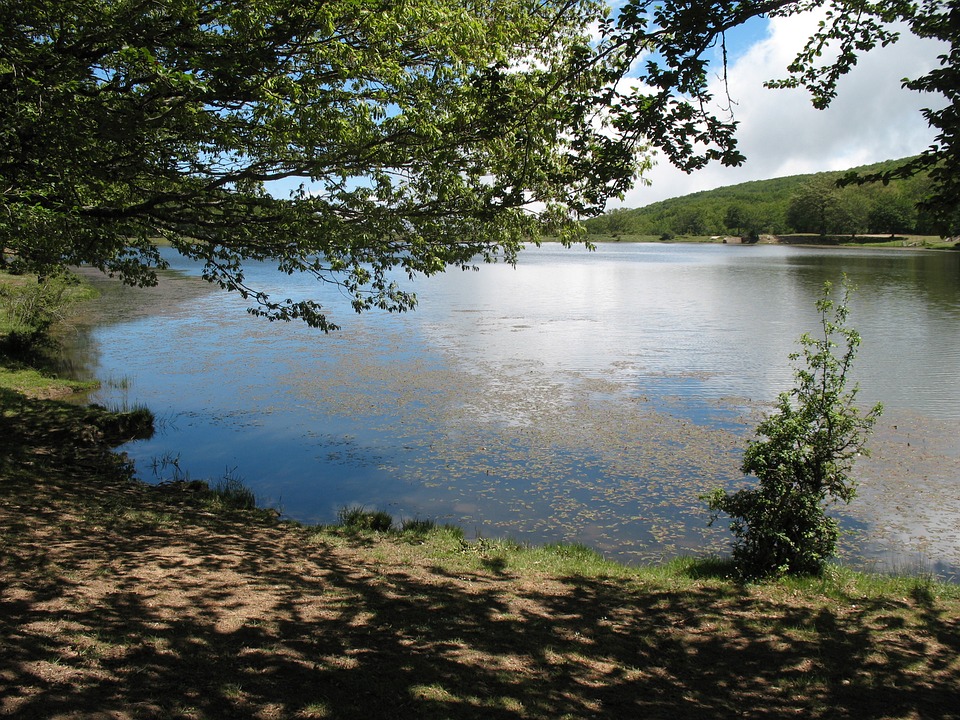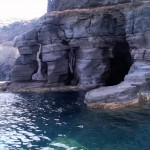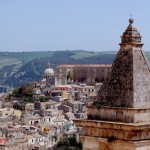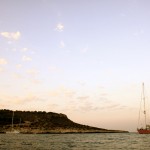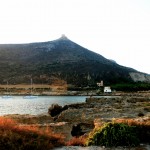The most south-eastern island in Italy
Nebrodi: the Southern Apennines in Sicily
A various and lush Natural Park to visit, admire, respect and taste
by Patrizio Roversi
Speaking of Italian mountains, everyone thinks of the Alps, famous worldwide for their awesome postcard views. I use to travel a lot across Italy and I often find myself in the area of Apennines instead, the “other” Italian mountain chain, and I can’t understand why is it so underestimated. Apenines cover the whole country, from the region Liguria in the North East to Calabria and again in Sicily, in the very South, more than 1500 km in all. That is much! Apennines then are a treasure of biodiversity, landscapes, traditions. They literaly cross Italy, including many areas with different high levels, latitudes, climate conditions, vegetation, typical products and recipes… Apennines are still quite wild, with hectares of woods and high pastures where men move carefully.
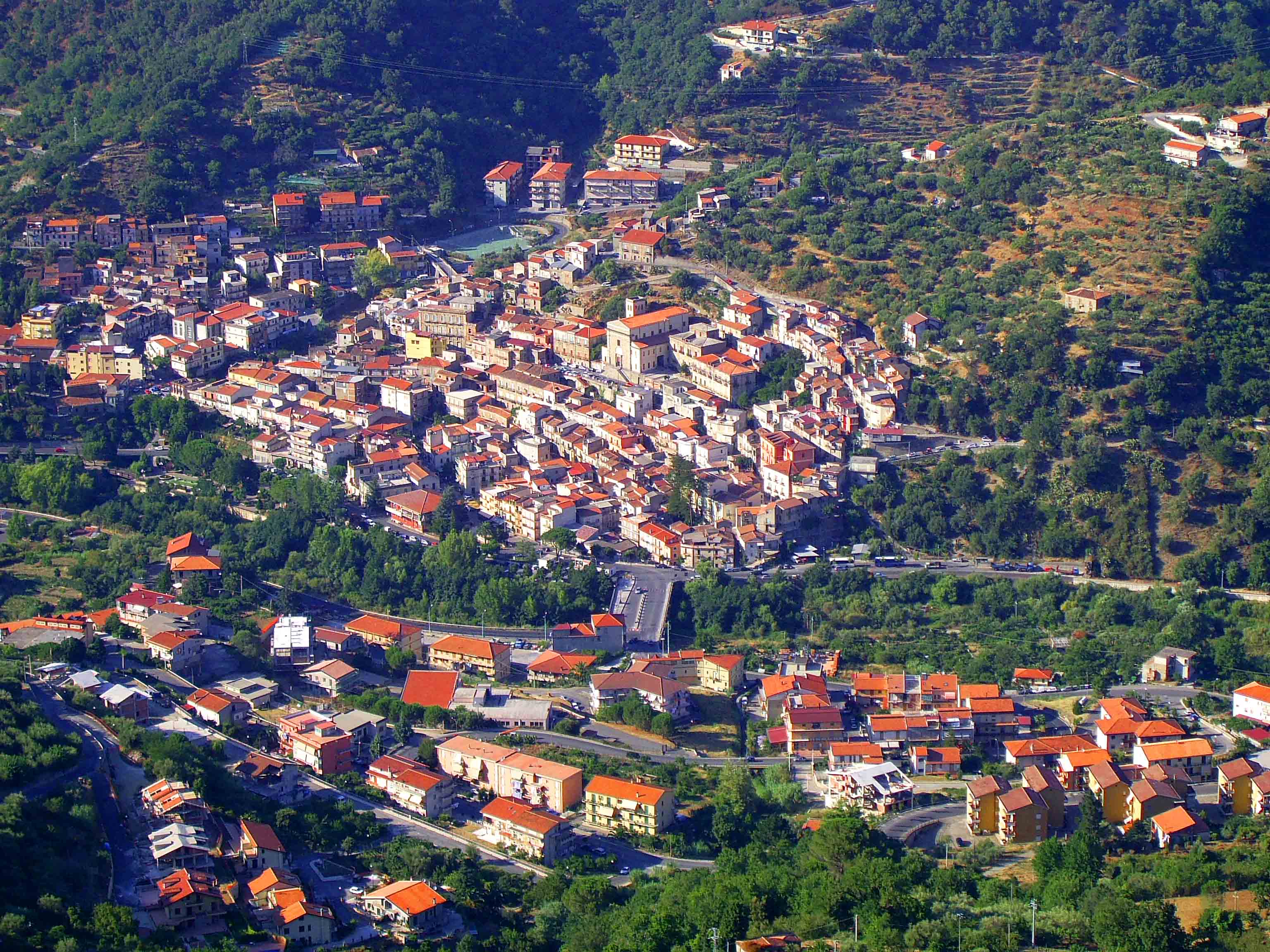
Nebrodi, Sinagra, Flicker User Tadd Euro
The Nebrodi mountains
The last stretch of Appenines is in Sicily where they are named Peloritani mountains, then Nebrodi and Madonie. I recently visited the Nebrodi area. The name Nebrodi comes from nebros, i.e. fawn. From Tyrrhenian Sea to the Etna volcano, they touch the provinces of Messina, Catania and Enna. An incredible landscapes, tremendously diverse because their geology implies a great biodiversity.
Where there is loam soil on a sunny side, you find rolling green hills and fields. Where the soil gets chulky and rocky you find some hard peaks, like the Soro mountain, higher than 1800 mt. Water is all around: rivers, lakes and ponds. Where there are no fields, it’s wood, from scrubland to oaks, pines and chesnut trees. You know, here you can produce almost everything! Like a biodiversity catalogue: near the sea citrus, then olive trees and hazels, fields and grapes. There area a lot of grazing animals living wild, all together: cattle and sheep no matter what. It is a place of twisted back roads, ideal for travelers who are looking for the Arcadia and enjoy to wander looking around.
The land of Vuturuna
The Nebrodi area is a paradise for birds: here live more than 150 species, included hawks and eagles. The most important bird around used to be the vulturuna (i.e. the griffin) which was huge – a wingspan of 3 mt, 1 mt high, a weight of 10 kg. The griffin is not a predator, so it lives near the farms to eat carcasses and rests. It can live to 30 or even 50 years, it has a long and mangy neck and a strong and sharp beak. Its nest usually is on high peaks, spawning one egg per year in winter time.
Griffins almost disappeared at all because of poisoning, but people are trying to raise them back on the area of Rocche del Crasto, between the villages of Alcara Li Fusi and Longi. The ideal place, with few trees and overhanging cliffs rich in caves. Nowadays here are 130 griffins more or less, they are useful because they clean the environment eating on the wastes and they are attractive for tourism and birdwatching.
The black swine and local Salami PGI
The black swines live on the Southern Apennines since ancient times, carried perhaps by the Greeks or Carthaginians. They have always been here, for almost 3.000 years. Those pigs are small, furry, agile. The one of Nebrodi is just similar to the most famous varieties from Tuscany or Calabria. The black swines used to be considered fatter than bigger traditional pigs, but their fat is just thick and it hurt less than the other, instead. Black pigs live wild in any weather condition, eating what they find in the wood, not needy at all. It takes three times more than usual to take black pigs slaughtering, but they produce excellent charcuterie.
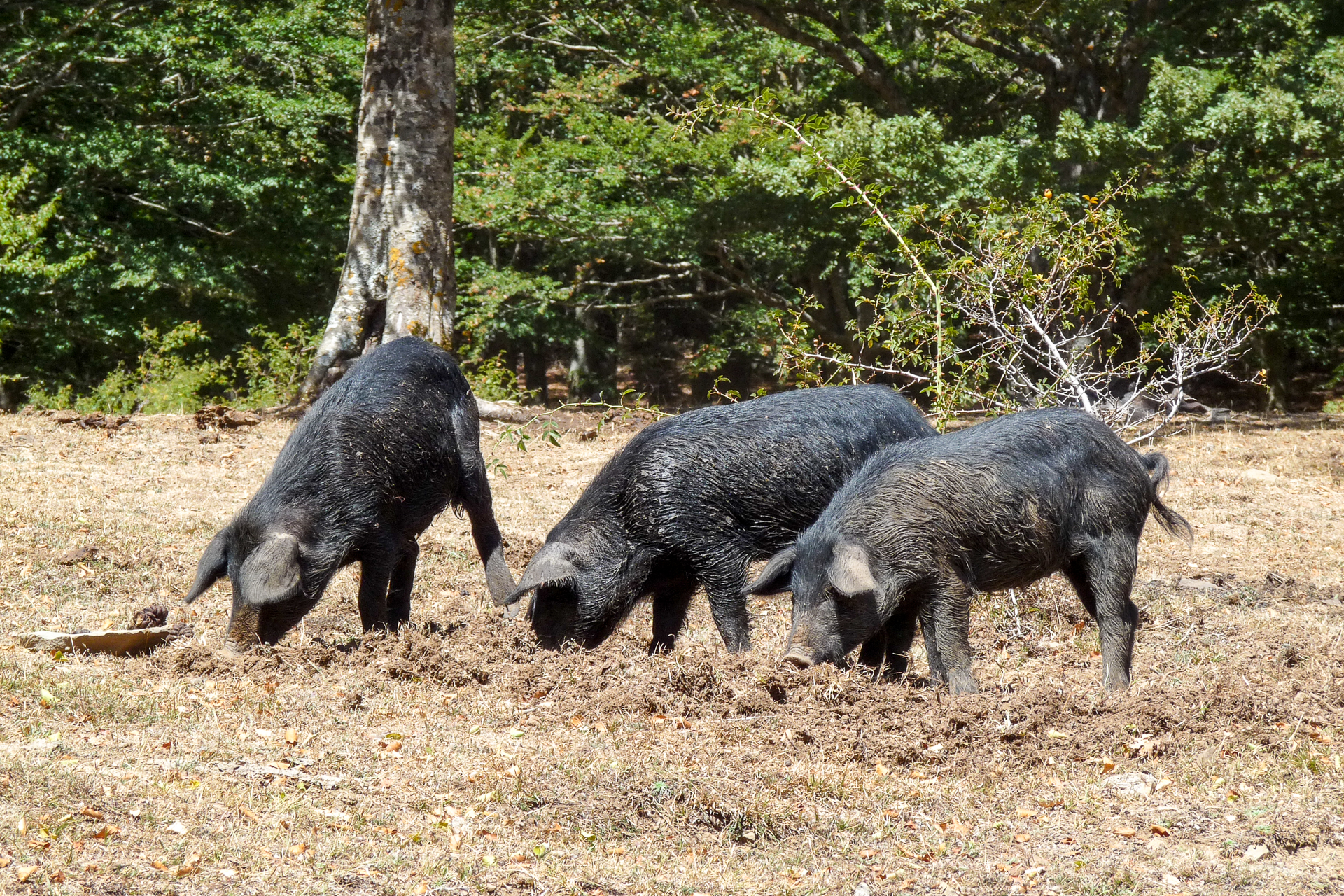
Nebrodi Park, Black Swines, Flickr User Christophe Pinard (xispics)
The village of Sant’Angelo di Brolo is famous for pork-butchering art. It is an old village, founded by the Romans in a valley between the sea and the mountains. Brolo means cultivated field, confirming its agricultural aim. Here you can find a dozen of swine butcheries producing the famous local Salami PGI. The weather here is pefect to season salami: constant temperature all year round and the right air flows blowing either from the sea and the mountain.
The procedure implies using just the so called noble parts of fresh swine meat, cut carefully with the tip of a knife. Then they add to the rough dough made of lean meat some sea salt and black pepper. The salami has to season from 30 to 100 days according to its weight, in some specific rooms which benefit of the natural weather condition. That’s all.
The Nebrodi Natural Park
The Nebrodi Natural Park is the biggest in Sicily, 87k hectares wide, including 23 villages. It is crucial for the local economical development: it preserves the natural beauty promoting sustainable acivities and managing the incoming of tourists.
I met the president of the park, Giuseppe Antoci, who lives under guard because of this assignment and he is actually one of the most protected people in Sicily (in Italy, in Europe…). Before he got the job, the Park was put under temporary receivership because the Sicilian Mafia controlled the European and regional funding for agriculture. Anytime the Park tried to auction off some federal lands, the Mafia just intervened to threaten anyone who was interested and got those lands for tiny ridiculous amount of money. The easiest way to become the right legal owner of those funds, used not to promote the place, but with some other quite illegal purposes. The participants had to prove they weren’t colluded to organized crime only when asking for high amount of money and funds; Giuseppe Antoci simply extended this rule for any amount and tender. In one go, the Sicilian Mafia lost a lot of rich affairs and many other related illegal trafficking. In 2016 Mr Antoci was the target of an assassination attempt, but he luckily survived. Then he defined a strict legal protocol and included in the Nebordi Park almost 30 different certified firms. They are all certified with the tradmark “Nebrodi – Sicily”, a grant of high quality and transparency.
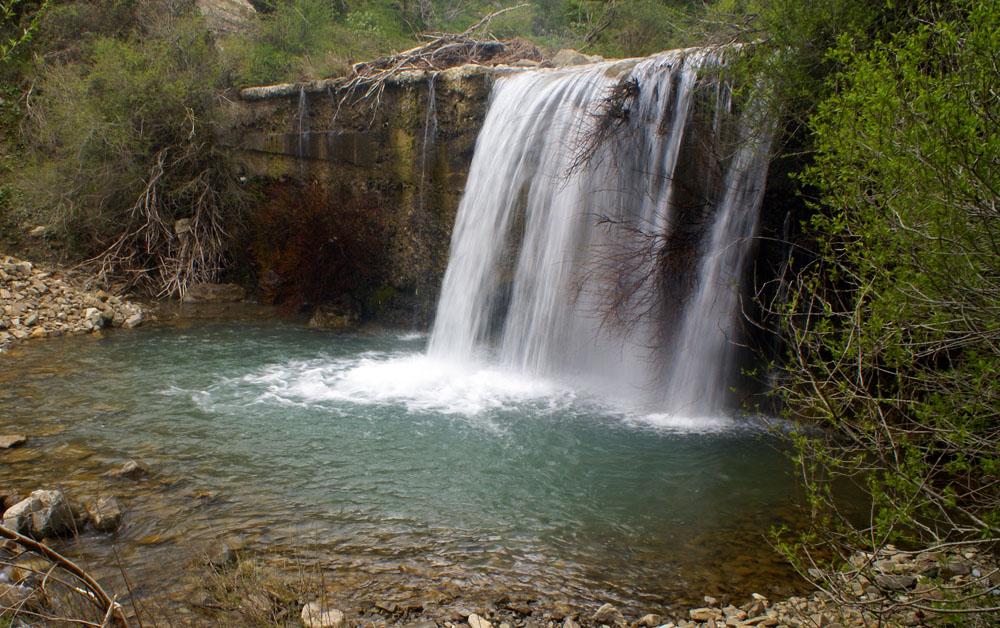
Nebrodi water fall, Flickr User Giovanni (giopuo)
The Nebrodi National Park is a beautiful place, it is the widest natural protected area in Sicily, where you find lakes, water falls (see the Catafurco one), century woods like the Tassita. In Sicily there are 4 different regional parks, 70 natural reserves, 6 protected marine areas, 200 special interesting sites. You just have to come and be a grateful tourist, helping to develop those great initiatives!
Cover pic courtesy of Flickr User Arturo61

